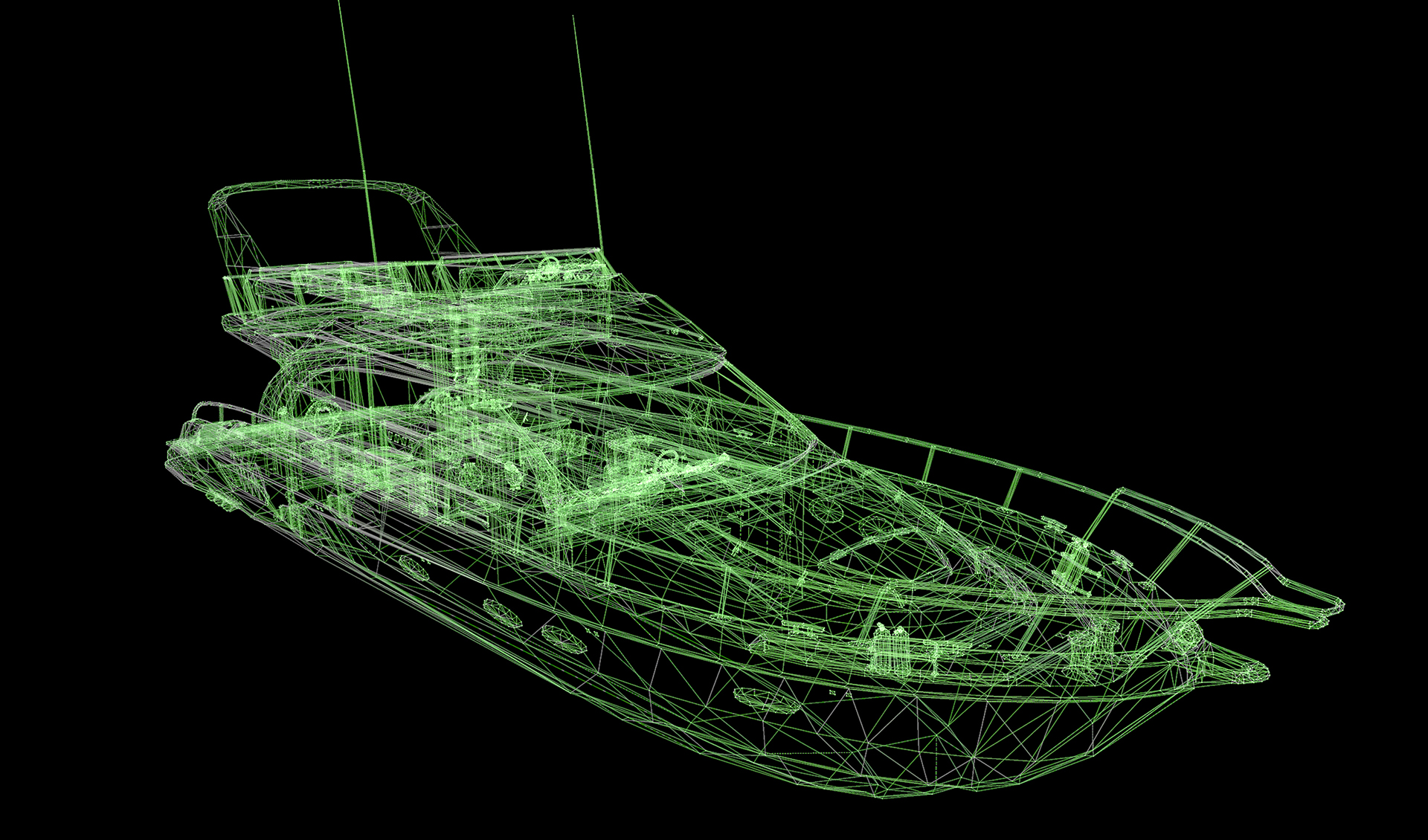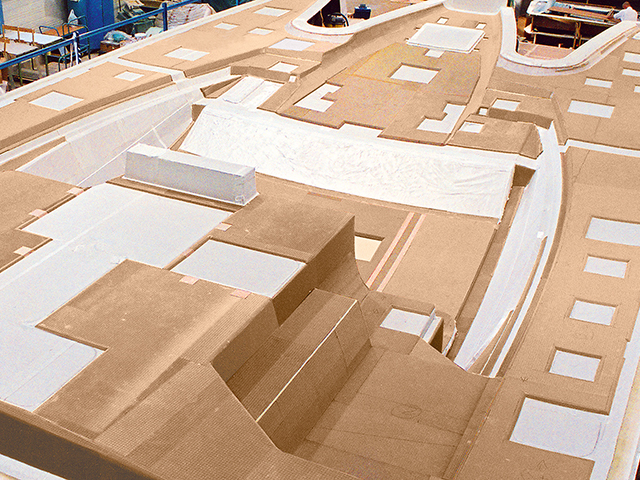Reduced weight
Less weight means better fuel efficiency, lower emissions, higher speed, higher payload, longer range and lower transport costs. With lighter and fewer components installations can be done faster and cheaper. Sandwich composites provide excellent mechanical properties to much lower weight than traditional monolithic materials, such as steel. They can also be engineered with extreme precision to their loading requirements.

Reduced environmental impact
Sandwich structures contribute to the development of a more sustainable society. Firstly, due to their low-density properties, the cores themselves require a small amount of raw material, which also means that relatively little must be transported from the source to the construction site. Secondly, the lightweight and aerodynamic sandwich design reduces fuel consumption and emission throughout the entire lifetime of the application, saving both cost and the environment. Thirdly, very few or no additional natural resources are needed to repair or renew the applications, since composite materials are weather and corrosion-resistant, which means a minimum of maintenance and a long lifespan.
Increased strength
Applications that require a very high strength material at the lowest possible weight benefit greatly from a sandwich structure since they can be designed to be both strong and light. Also, when something is built with metal, and greater strength is required in one direction, the total structure ends up even heavier. Composites can be engineered to be strong in a specific direction and still be light weight.
Design flexibility
When you need a very specific shape for your application, a composite solution is your answer. Composites can be molded into almost any shape, which gives full design freedom. When building sandwich composite structures, the materials are shapeable until the last stage of production in which they get their final shape. This allows for non-linear and smooth designs, which can be done not only for esthetic but also aerodynamic reasons. The skins of a sandwich could be of any material such as fiber-reinforced plastics, metal, wood, decorative laminates and even ceramics. All for the purpose of the final application or design aspect.

Minimal maintenance
Sandwich composites save cost and a lot of hassle since non-organic materials are not sensitive to rot or decay. Structures built with sandwich composites resist damage from severe weather and harsh environment.
Nonmagnetic
Fiber composites do not contain any metal, cannot be discovered by mines if used in navy ship structures and are possible to use around sensitive electronic equipment.
Radar transparent
A sandwich radome allow signals to pass through with little loss of transmission, which makes composites ideal for use with radar equipment, whether on the ground or in the air.
Low thermal conductivity
Composites are good insulators since they don’t easily conduct heat or cold. They can be used in buildings for doors, panels and windows where extra protection is needed from severe weather.
Additional benefits
In our wide range of core materials, you will find many other benefits, including fire resistance, sound insulation, very low water absorption, ease of repair, dielectric properties and component integration.













